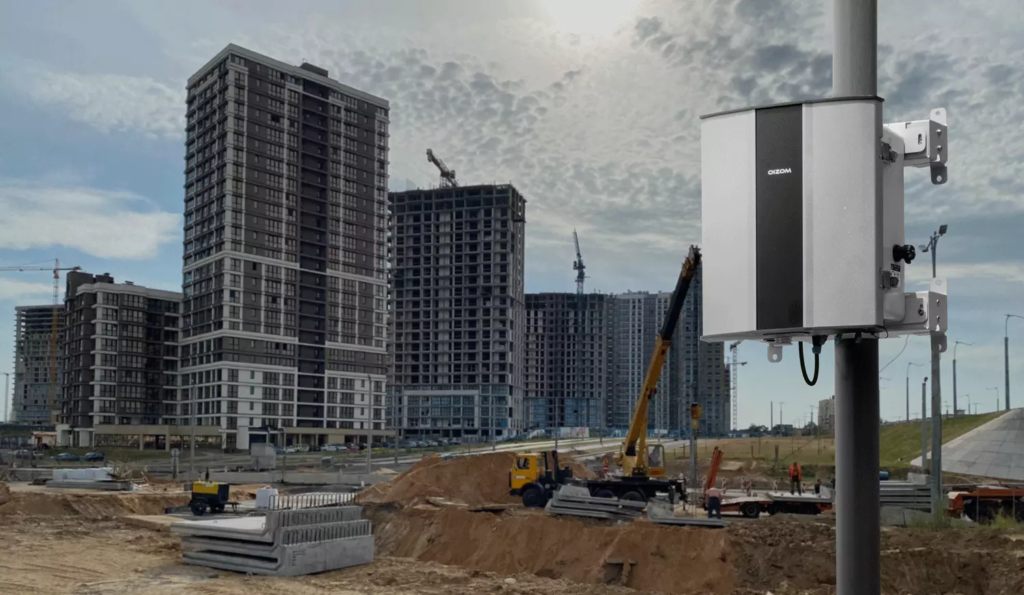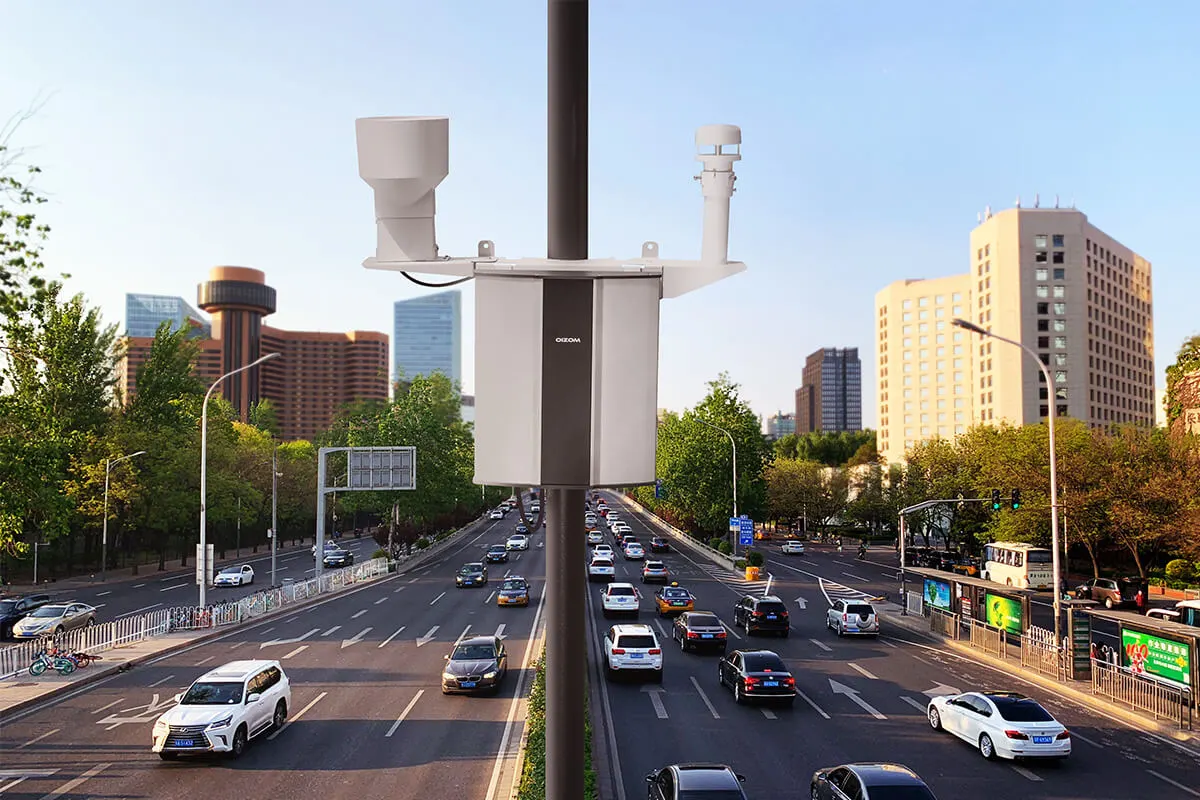IoT Solutions Transforming Oman’s Environmental Monitoring for a Sustainable Future Environmental monitoring in Oman is experiencing a major transformation through the latest Internet of Things (IoT) technologies. These solutions empower communities, researchers, and policymakers with real time data, fostering healthier ecosystems, smarter decision making, and a brighter future for the country.
The Power of Real Time Environmental Insights
With IoT sensors deployed across Oman’s diverse landscapes from coastal zones to desert plains and mountain regions, stakeholders gain continuous access to vital data like air quality, temperature, humidity, soil moisture, and even water salinity. This dynamic visibility enables early detection of pollution events and emerging environmental changes, giving decision makers the tools they need to proactively protect nature.
Smart Networks Tailored to Oman’s Diverse Terrain
Oman’s unique geography calls for adaptive IoT networks. Rugged mountain ranges, expansive deserts, and remote coastal areas require different connectivity strategies. By using a combination of solar powered sensors, LoRaWAN, cellular, and satellite links, IoT systems maintain reliable operation even in isolated regions bridging urban and rural monitoring seamlessly.
Air Quality Monitoring to Safeguard Public Health
Airborne pollutants from dust storms, vehicle emissions, and industrial activity are key concerns for Oman’s health and environment. IoT based air quality stations deliver precise measurements of particulate matter PM2.5, PM10, ozone, and other gases. This empowers authorities to issue timely alerts, inform residents about risks, and drive improvements in local air quality management.

Water Quality and Coastal Surveillance
Preserving Oman’s pristine coastal and marine ecosystems is essential. IoT sensors monitor water temperature, pH, oxygen levels, turbidity, and salinity along beaches and fishing zones. Real time alerts can detect harmful algal blooms, pollution inflows, or rising salinity threats protecting marine life, fisheries, and coastal communities alike.
Soil and Agriculture Sensing for Sustainable Farming
IoT soil sensors provide key data on moisture level, nutrient content, and salinity essential for precision agriculture in Oman’s arid landscapes. Farmers can use these insights to fine tune irrigation schedules, reduce water waste, and boost crop yields sustainably. Monitor stations also detect early signs of soil degradation, helping farmers depend on data rather than guesswork.
Climate and Weather Monitoring for Informed Action
Oman faces extreme temperature fluctuations, occasional cyclones, and sandstorms. IoT connected weather stations gather real time climate information such as temperature, humidity, wind speed, barometric pressure, and rainfall. This granular data supports better forecasting, disaster preparedness, and decision making around climate sensitive infrastructure.
Community Empowerment Through Transparent Data
One of the most powerful aspects of IoT environmental systems is citizen engagement. Public dashboards and mobile apps can display live environmental indicators air quality indexes, water safety ratings, farming suggestions making communities more aware, connected, and invested in environmental stewardship. Educating citizens with accessible data drives positive behaviour change.
Integrating Renewable Energy and Smart Infrastructure
Many IoT monitoring units are solar powered and self sustaining, aligning with Oman’s vision for renewable energy expansion. When combined with smart infrastructure such as intelligent street lighting or smart irrigation systems environmental sensors can trigger automated responses. For example, sensors detecting poor air quality may activate public alerts or ventilation systems in urban zones.

Analytics, AI, and Predictive Environmental Health
Collected IoT data fuels advanced analytics and machine learning models that forecast seasonal trends or spot anomalies. These predictive tools empower authorities to anticipate desertification risks, water scarcity hotspots, or vulnerability to heatwaves leading to smarter resource planning and environmental conservation strategies.
Collaboration for a Greener Oman
Effective IoT deployment thrives on collaboration. Government agencies, universities, climate research centers, private companies, and local communities working together ensure sensors are placed strategically and data is shared widely. Public private partnerships help scale the sensor network across remote and undeserved regions, making environmental data accessible to all.
Positive Outcomes for People and Planet
By embracing IoT solutions for environmental monitoring, Oman is poised to reap numerous benefits:
- Enhanced ability to prevent and respond to pollution, drought, and ecosystem stress
- Improved agricultural efficiency, water conservation, and sustainable farming practices
- Informed public awareness and health protection through transparent real time data
- Smarter urban planning, coastal protection, and climate resilience initiatives
- Support for renewable energy and sustainable development goals
The Path Ahead Expanding and Sustaining IoT Efforts
Building on current success, Oman can continue scaling IoT environmental monitoring by:
- Increasing sensor coverage in remote unmonitored regions
- Integrating data platforms across multiple agencies and research institutions
- Promoting public engagement through user friendly apps and dashboards
- Investing in maintenance, calibration, and long term reliability of sensor networks
- Training technicians, researchers, and community stakeholders to interpret and act on data
Final Thoughts A Brighter Environmental Future
IoT driven environmental monitoring offers Oman incredible potential. By harnessing real time data, connecting remote landscapes, empowering citizens, and advancing analysis, the nation can safeguard its air, water, land, and biodiversity in ways never before possible. This technology is not just about sensors it is about empowering people, protecting ecosystems, and building a smarter more sustainable Oman for generations to come.
Do follow Gulf Magazine on Instagram.
Also Read – IoT Solutions for Monitoring Oman’s Environmental Conditions



